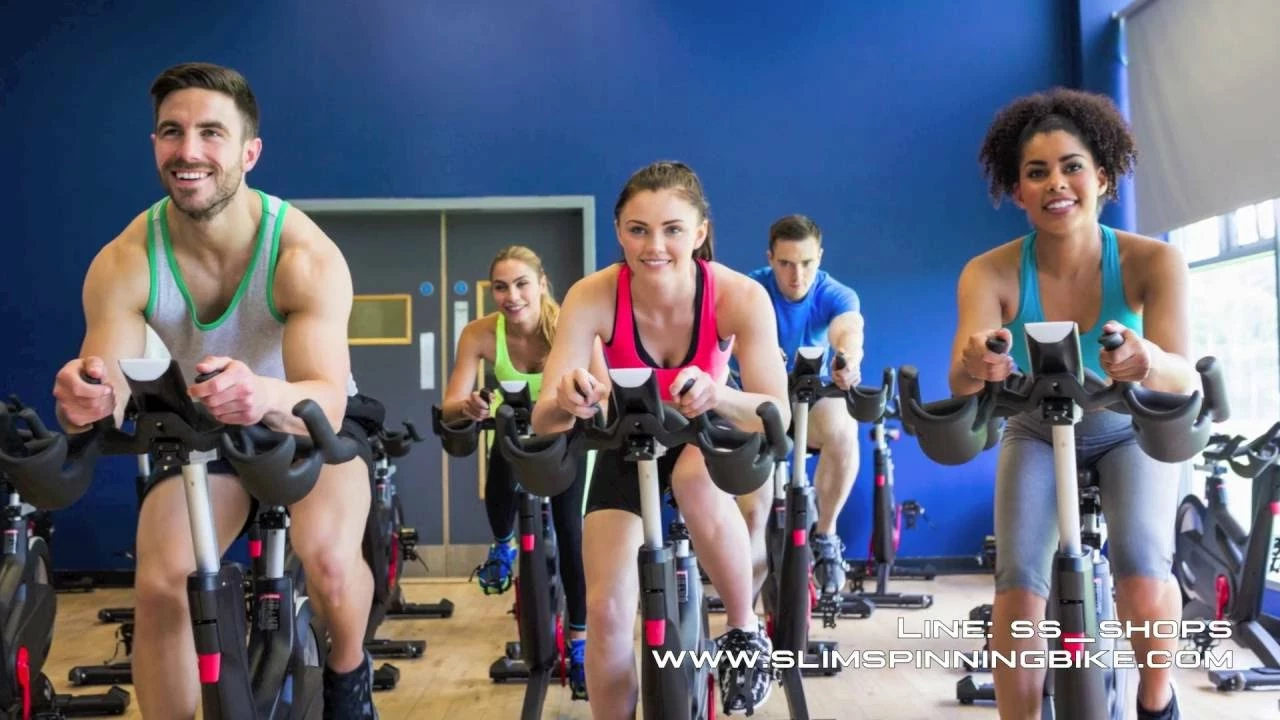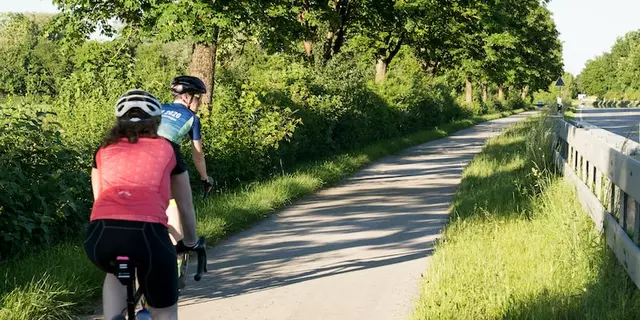Environmental Impact of Running and Cycling – Keep It Green
When you lace up your shoes or hop on a bike, you probably think about calories, speed, or the view. Few realize that your choice of sport also leaves a mark on the planet. Understanding that impact helps you enjoy the ride while protecting the air, roads, and green spaces you love.
Why your workout matters
Running on paved streets burns fuel in the form of car traffic. Every car that slows for a jogger adds extra emissions, especially in busy cities. Cycling is a lighter alternative, but even bikes need production, transport, and occasional repairs that involve steel, aluminum, and plastics. Those materials come with energy costs and waste.
Yet both activities can cut overall emissions. A regular runner who replaces a short car trip with a jog saves the fuel that would have been burned. A commuter who pedals to work eliminates a round‑trip car journey, often saving a kilogram or more of CO₂ each day. The net effect is a win for your health and the climate.
Simple steps to reduce impact
Choose routes that avoid heavy traffic whenever possible. Parks, trails, and quiet residential streets let you train without forcing cars to brake and idle.
Invest in durable, recyclable gear. A well‑maintained bike lasts years, and many manufacturers now offer frames made from recycled aluminum. When you need new shoes, look for brands that use recycled rubber or offer take‑back programs.
Combine workouts with other errands. A weekend ride that drops you off at the grocery store or a morning jog that ends at a coffee shop reduces the number of trips you need to make by car.
Support local events that prioritize sustainability. Races and rides that provide water refill stations, use compostable cups, and encourage public transport make a big difference.
Finally, share what you learn. Tell friends about low‑impact routes, gear swaps, or community clean‑up rides. The more people who think about the environmental side of sport, the bigger the collective benefit.
Running and cycling are already among the most eco‑friendly ways to stay fit. By tweaking habits, choosing smarter gear, and planning greener routes, you turn a good workout into a great planet‑friendly habit.



